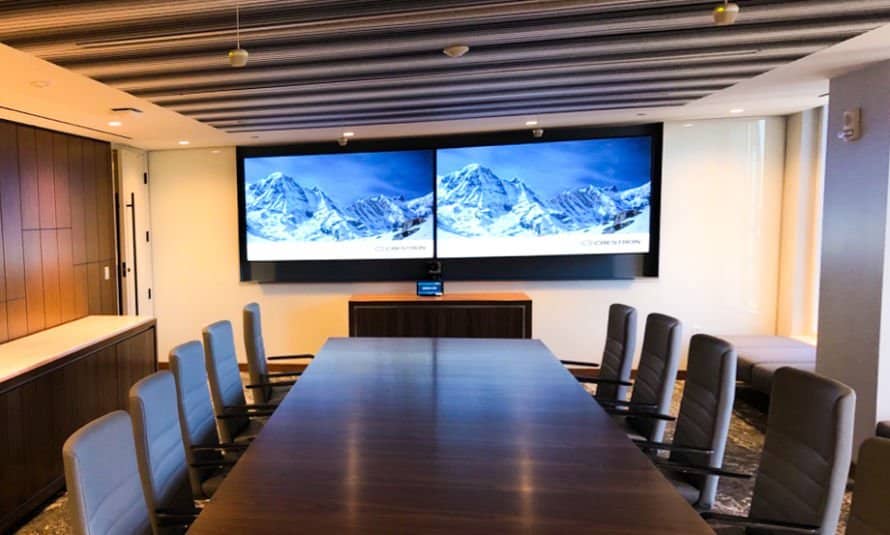A single major advantage of audio over IP technology is its capability to connect multiple devices and systems efficiently. Classic broadcasting frequently relied on complex cabling and physical links, which could be cumbersome and restrictive. With AoIP, broadcasters can readily interface microphones, audio consoles, and additional equipment through a common network. This convergence allows for remote broadcasting and live transmissions from virtually any place, making it simpler to reach listeners across the globe. As a result, broadcasters can react quickly to ongoing events and listener requests, leading to more dynamic and captivating content.
Moreover, AoIP systems supports high-quality audio formats that enhance the auditory encounter. In contrast to conventional broadcasting methods, which may diminish sound standards, audio over IP can preserve the purity of the audio stream during the delivery procedure. This means that listeners can enjoy clearer and more detailed sound, whether they are tuning in via radio, streaming over the internet, or employing portable devices. The capability to provide premium audio is particularly crucial for musical and discussion programs, where each nuance matters to the listeners.
Additionally, the adoption of audio over IP systems can lead to financial efficiencies for media companies. By using existing network infrastructure, organizations can eliminate the need for expensive hardware and extensive cabling. This not only reduces initial costs but also decreases operational expenses over time. Broadcasters can distribute resources more efficiently, investing in content creation and human resources growth. As a consequence, the entire broadcasting industry can benefit from increased innovation and creativity, as funds are redirected toward improving programming and engaging with audiences.
In summary, the shift click this site towards audio over IP technologies is transforming the media landscape. By allowing smooth links, enhancing audio quality, and reducing costs, AoIP is paving the way for a better integrated future in broadcasting. As media organizations continue to adjust to these changes, they will be better equipped to meet the needs of their listeners, produce captivating content, and remain competitive in an ever-evolving industry. The future of broadcasting is bright, and audio over IP will play a key role in defining how we experience audio content in the future to follow.
